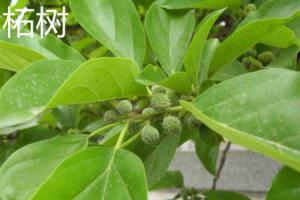How to Trim an Overgrown Potted Palm Plant
Getting your houseplants to thrive can be a rewarding experience. However, when your indoor palm plant gets overgrown, it can detract from the overall appearance of your space. Regularly trimming your palm can contribute to the health and beauty of the plant. Here are some helpful tips on how to trim an overgrown potted palm plant.
Assess the Condition of Your Palm
The first thing you should do is assess the condition of your palm plant. Check the leaves for any discoloration, damage or signs of pest infestation. Inspect the growth pattern to identify areas where leaves have yellowed or where the plant has grown too tall. Analyze the height and shape of the plant and decide which areas require trimming.
Prepare Tools and Equipment
Before you start trimming, you will need to gather the necessary tools and equipment. You'll need a pair of sharp pruning shears, gloves, some disinfectant, a container to hold the cut leaves, and a ladder or step stool if you need to reach high leaves or branches.
Clean Your Pruning Shears
It's important to sanitize your pruning shears before you start trimming. Wipe the blades with a cloth dipped in rubbing alcohol. This will prevent any transfer of disease or pests to the plant. Ensure the blades are sharp to avoid crushing or tearing the leaves.
Trimming the Plant
Begin by identifying the unwanted leaves that need to be trimmed. Look for dead, yellow or brown leaves and cut them off as close to the main stem as possible. Make sure to cut at a slight angle, about 1/4 inch above the stem to avoid damaging the plant. If the palm has grown too tall, cut off the top leaves while ensuring you don't damage the crown or the top of the stem.
Fertilize and Water Your Palm Plant
After trimming, it is essential to fertilize the plant to promote healthy regrowth. Use a high-quality fertilizer that contains the necessary nutrients for your palm. Water your plant to ensure the soil is adequately hydrated. Check that the drainage is adequate to avoid waterlogging the plant.
Monitor Your Palm Plant
Regular monitoring is essential to ensure that your palm plant remains healthy after trimming. Watch out for new growth, which indicates that the trimming was successful. Check for any new signs of pest infestation or discoloration. Observe the plant's growth pattern and adjust your trimming schedule accordingly, usually every 6 to 12 months.
Conclusion
Trimming an overgrown potted palm plant may seem daunting, but it is necessary to keep your plant healthy and thriving. By assessing the condition of your palm, preparing your tools, cleaning your pruning shears correctly, and following the right trimming techniques, you can enjoy a beautiful indoor palm plant that adds to the overall aesthetic of your space. Remember to maintain regular monitoring to ensure that your plant thrives all year round.

 how many times do yo...
how many times do yo... how many planted tre...
how many planted tre... how many pine trees ...
how many pine trees ... how many pecan trees...
how many pecan trees... how many plants comp...
how many plants comp... how many plants can ...
how many plants can ... how many plants and ...
how many plants and ... how many pepper plan...
how many pepper plan...






























